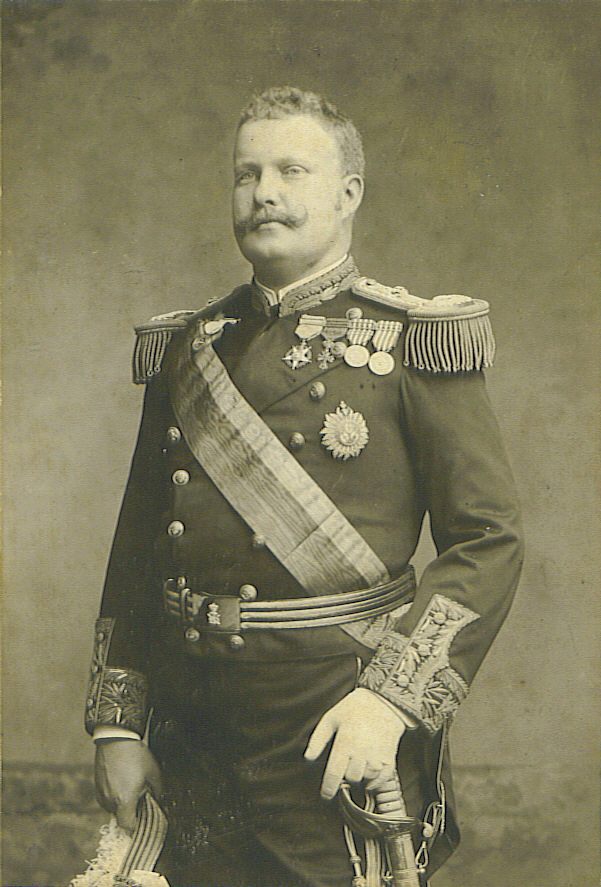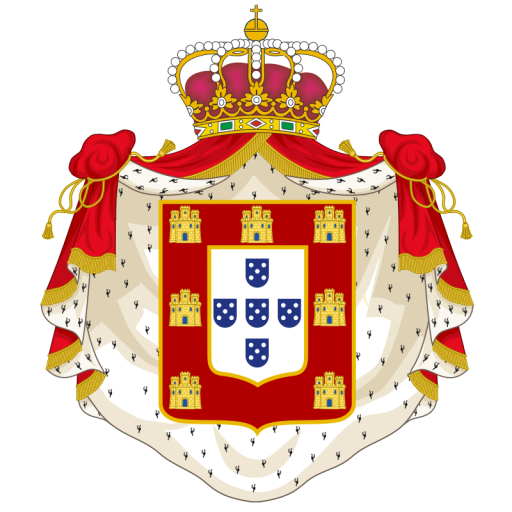
Dom Carlos, King 

Dom Luís Filipe, Prince Royal
On February 1, 1908, King Carlos of Portugal, and his son Dom Luís Filipe, Prince Royal, were murdered in Terreiro do Paço, Lisbon, by elements of Carbonária (conspiratory society), in a conspiracy involving elements of Freemasonry (namely the Lodge Montanha), Republicans and pseudo – monarchists moved by interest, marking the beginning of the end of the Constitutional Monarchy, giving rise to periods of instability and poverty for the people of Portugal.
In Jorge de Morais’ work “Regicídio a contagem decrescente 100 anos (1908-2008)”, pp. 127,128, 129,130, 132, 160, 161), the author makes clear, without reserve or contemplation, those involved in the monstrous crime where undoubtedly appear, among others, the names of José d’Alpoim and Francisco de Herédia (Visconde da Ribeira Brava), the latter grandfather of Isabel de Herédia (married to Miguel Duarte Pio de Bragança,). Let’s see then:

Francisco Herédia 
José d’Alpoim
It all started in June 1907 with a meeting at the home of José Maria de Alpoim, a monarchic dissident, leader of the Progressive Dissidence (Dissidência Progressista), in which participated, among others, Afonso Costa and Alexandre Braga, republican leaders, Francisco Correia de Herédia, viscount of Ribeira Brava , Egas Moniz and João Chagas, journalist who described the meeting.
In December 1907, the dissident group of José de Alpoim approaches the gunsmith Gonçalo Heitor Ferreira, with a store next to the Rossio station – The “Espingardaria Central”. Heitor “was a convinced republican […], affiliated with Freemasonry and a member of Carbonária.
“(…) As a result of the dissident approach, Gonçalo Heitor immediately orders to Monkt House, from Hamburg (Winchester brand representative in Europe), 9 semi-automatic Winchester rifles, 351 caliber ” (Jorge de Morais, “Regicídio a contagem decrescente 100 anos (1908-2008), Lisbon, 2007, Pages 128 and 129).
“(…) The rifles arrived in Lisbon even before the end of the year (…) they were reserved for their buyer and payer, Francisco Herédia, Visconde da Ribeira Brava, who would pick them up in mid-January. With Winchester also comes a batch of 7.65 caliber FN-Browning pistols. By comparing the serial numbers, it was possible to determine that from these lots the two main weapons used in the regicide, two week later, came out: Browning nº 349-432 by Alfredo Costa and Winchester nº 2137 by Manuel Buíça (Miguel Sanches de Baêna, Diário by D. Manuel, pp. 143-144).

The problem of weapons having been solved, it was necessary to find those who used them. It is here that the services of «Coruja», a cell of Carbonária, were requested.
“Alpoim knew it better than anyone: he himself presided, even in late 1907, in a house on the Costa do Castelo ”, at the meeting of a restricted group of 30 members of the“ Coruja” (Owl) in which, for the first time, there was talk of a concrete plan to assassinate the King – a plan whose “bottom lines … he himself drew and guided” (Miguel Sanches de Baêna, op. cit., p. 137; and Jorge de Morais, op. cit., p. 130).
“The regicide plan began to be developed by Alpoim and took on reality in the bosom of Coruja, whith the presence of the Viscount of Ribeira Brava (Francisco Herédia). There, they defined the strategy to follow, that would naturally be supported by all Carbonária. And at a meeting tha took place in a house on the Costa do Castelo (Lisbon neighborhood), chaired by José de Alpoim and where, in addition to the viscount of Ribeira Brava, there were thirty people, the decision to kill the King was communicated. ” (Miguel Sanches de Baêna, op. Cit., P. 139).
“The complete truth about the Regicide, is unlikely to be known. With the disappearance of the process, resigned to the conjectures, the assumptions, the theories. José de Alpoim said on several occasions “There are only two people in Portugal who know everything – me and another”. It was later learned that the person he was referring to was the viscount of Ribeira Brava. ”(Carlos Loures,“ A Carbonária, a «coruja» e a conspiração do Regicídio – 2 (Centenário da República) – Aventar).



